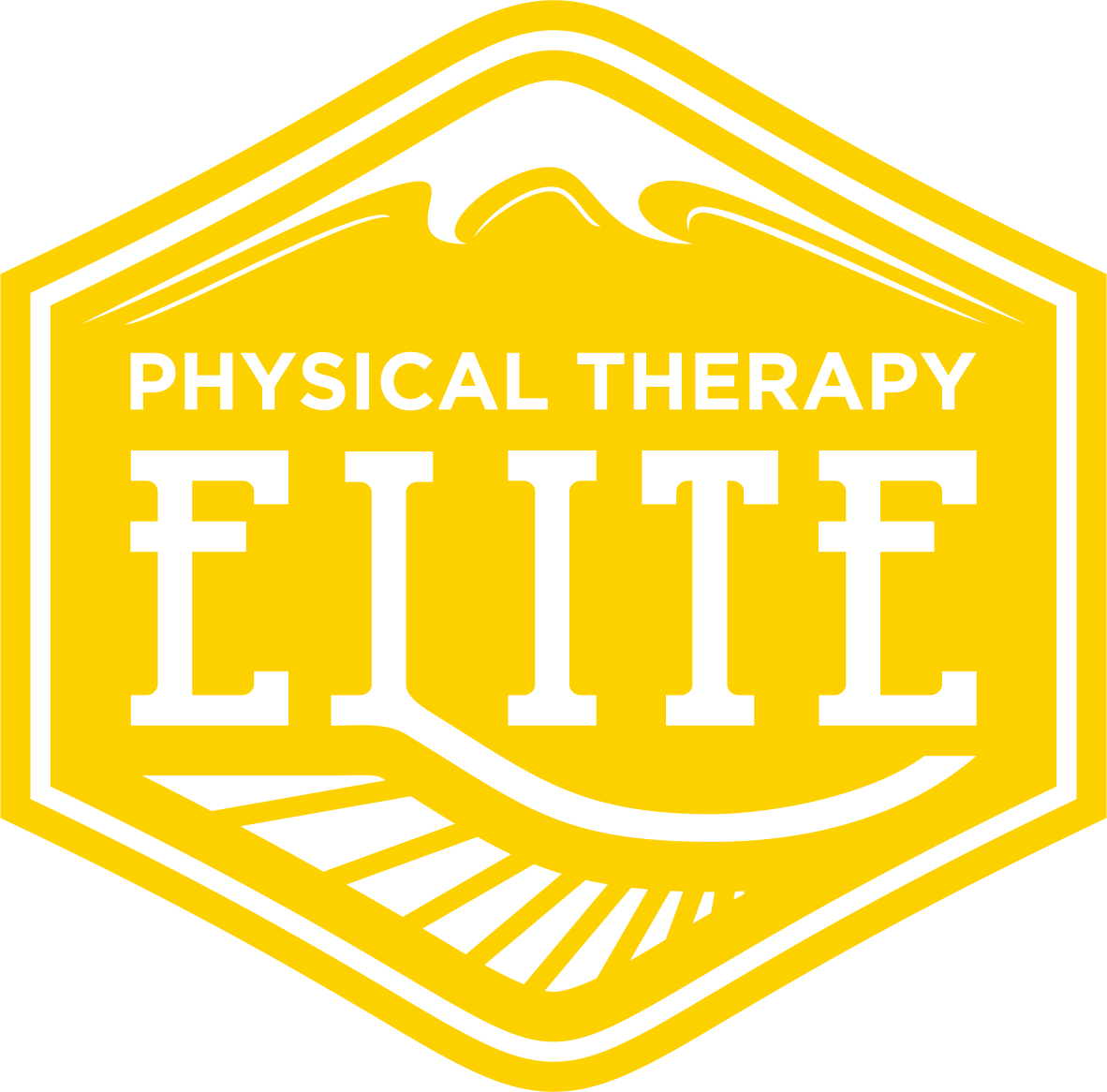The idea of “growing pains” is real! Many parents say that their kid seems to have grown over-night. That they literally wake up taller. And they do.
Growth hormone is an anabolic hormone (“building” hormone). It is produced in the pituitary gland and increases collagen synthesis, protein synthesis and cell proliferation. It is therefore responsible for increasing muscle mass and increasing linear growth. Growth hormone typically spikes during the night so the majority of growth (collagen synthesis, protein synthesis and cell proliferation) does occur at this time. This is also why kids wake up starving! They burn through all their energy stores while they sleep and need a good breakfast to replace the calories burned during the night otherwise they start their day completed depleted.
The process by which long bone growth occurs was discussed in our blog about “Early Exercise and Weight-Lifting”. Due to the spike in Growth Hormone and subsequent rapid linear growth in the long bones, extra stretch is placed on the muscles and tendons. The result is several painful disorders associated with growing pains. They all fall under the category of “juvenile osteochondritis” which translates “inflammation of the cartilage and/or bone”.
The most common is Oshgood Schlatter’s (OS). Most adults who had this as a kid remember it. Pain with running or jumping is pretty typical. There is a telltale bump on the bone below the kneecap. This is where the patellar tendon is being pulled away from its insertion because the long bones (tibia and femur) are growing faster than the patellar tendon and quadriceps muscle can stretch.
Sever’s is the next most common. The same thing is occurring at the Achilles tendon insertion on the back of the heel causing painful pulling and inflammation.
Osteochondritis is not something can you can just play through. Besides the pain, if the inflammation becomes severe and chronic enough, there is risk for an avulsion fracture. This is where the bone and cartilage becomes soft from ongoing inflammation and the tendon can actually pull off.
Most physicians will recommend rest from sports and activity which is the first step. Rest removes the aggravating factor, however, when sports are resumed, the problem will return. I have worked with many of these young athletes both OS and Sever’s are VERY manageable when treated properly. A skilled manual therapist can accelerate the recovery process by incorporating myofascial release techniques as well as kinesio taping to off-load the strained tendons. Stretching immediately will not help as it is already a problem of too much stretch. Once the tension has been taken off the muscles and tendons the inflammation will go down and pain will be relieved.
By definition, juvenile osteochondritis is a “growing pain” and will therefore be a present threat for as long as the athlete is growing and remains active. However, it is very treatable with good physical therapy and consistent foam rolling.

